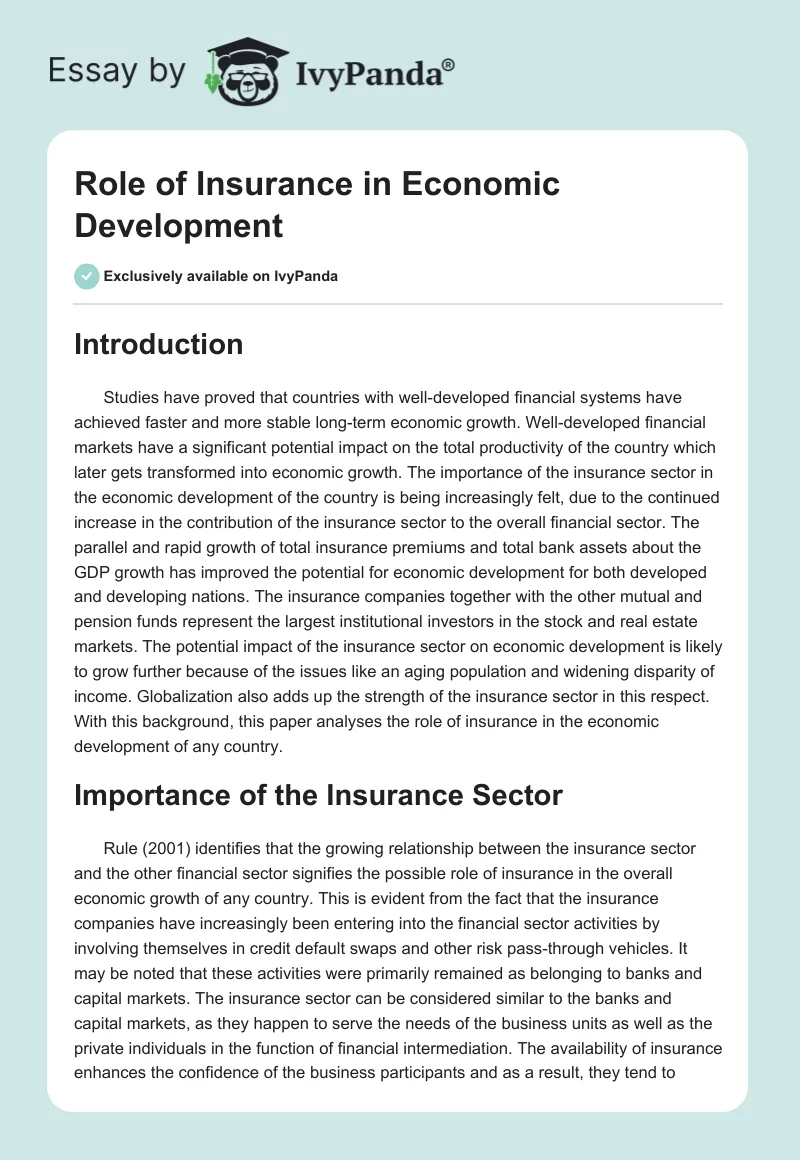Top Guidelines Of Pacific Prime
Top Guidelines Of Pacific Prime
Blog Article
Pacific Prime Fundamentals Explained
Table of ContentsUnknown Facts About Pacific PrimeThe 2-Minute Rule for Pacific PrimeIndicators on Pacific Prime You Should KnowWhat Does Pacific Prime Mean?The Best Guide To Pacific Prime

This is due to the fact that the data were collected for a duration of strong financial performance. Of the approximated 42 million people who were uninsured, all however about 420,000 (about 1 percent) were under 65 years old, the age at which most Americans come to be eligible for Medicare; 32 million were adults in between ages 18 and 65, around 19 percent of all adults in this age; and 10 million were youngsters under 18 years old, about 13.9 percent of all kids (Mills, 2000).
These price quotes of the number of persons without insurance are generated from the yearly March Supplement to the Existing Populace Study (CPS), carried out by the Demographics Bureau. Unless or else kept in mind, nationwide quotes of individuals without medical insurance and proportions of the population with various kinds of protection are based on the CPS, one of the most widely used source of quotes of insurance policy coverage and uninsurance rates.
Examine This Report on Pacific Prime

Still, the CPS is especially beneficial since it creates annual quotes relatively promptly, reporting the previous year's insurance coverage estimates each September, and because it is the basis for a constant collection of quotes for even more than twenty years, permitting analysis of fads in protection in time. For these reasons, along with the considerable usage of the CPS in various other home studies of insurance policy coverage that exist in this record, we count on CPS price quotes, with restrictions kept in mind.

The estimate of the variety of uninsured individuals increases when a population's insurance condition is tracked for numerous years. Over a three-year period starting early in 1993, 72 million people, 29 percent of the U.S. https://hearthis.at/freddy-smith-k8/set/pacific-prime/. population, were without protection for at the very least one month. Within a single year (1994 ), 53 million individuals experienced at least a month without coverage (Bennefield, 1998a)
6 out of every ten uninsured grownups are themselves employed. Although working does improve the chance that a person and one's family members will certainly have insurance coverage, it is not a warranty. Also participants of families with two permanent wage earners have practically a one-in-ten chance of being without insurance (9.1 percent without insurance rate) (Hoffman and Pohl, 2000).
Pacific Prime - An Overview
New immigrants make up a significant percentage of individuals without medical insurance. One analysis has actually associated a substantial portion of the recent development in the dimension of the united state without insurance population to immigrants who arrived in the country between 1994 and 1998 (Camarota and Edwards, 2000). Current immigrants (those that involved the USA within the previous 4 years) do have a high price of being without insurance (46 percent), yet they and their kids make up simply 6 percent of those without insurance policy across the country (Holahan et al., 2001).
The relationship in between wellness insurance policy and accessibility to care is well developed, as recorded later in this chapter. Although the connection in between wellness insurance and health and wellness results is neither direct nor easy, a substantial clinical and health services study literary works links health and wellness insurance protection to better accessibility to care, far better quality, and enhanced individual and populace health condition.
Degrees of analysis for checking out the effects of uninsurance. It concentrates specifically on those without any health and wellness insurance policy for any length of time.
What Does Pacific Prime Do?
The troubles dealt with by the underinsured are in some aspects similar to those dealt with by the without insurance, although they are normally less extreme. Health insurance coverage, nevertheless, is neither needed neither enough to acquire access to clinical solutions. The independent and direct impact of health and wellness insurance policy coverage on access to wellness services is well developed.
Others will certainly get the healthcare they need even without medical insurance, by paying for it out of pocket or seeking it from providers that provide care cost-free or at highly subsidized rates. For still others, health insurance coverage alone does not make certain receipt of care as a result of other nonfinancial barriers, such as a lack of health treatment providers in their area, restricted accessibility to transport, illiteracy, or linguistic and cultural differences.
Getting The Pacific Prime To Work
Formal research study concerning without insurance populaces in the USA dates to the late 1920s and early 1930s when the Committee on the Expense of Treatment created a collection of records about financing physician office check outs and hospital stays. This concern became salient as the numbers of clinically indigent climbed up during the Great Depression.
Report this page